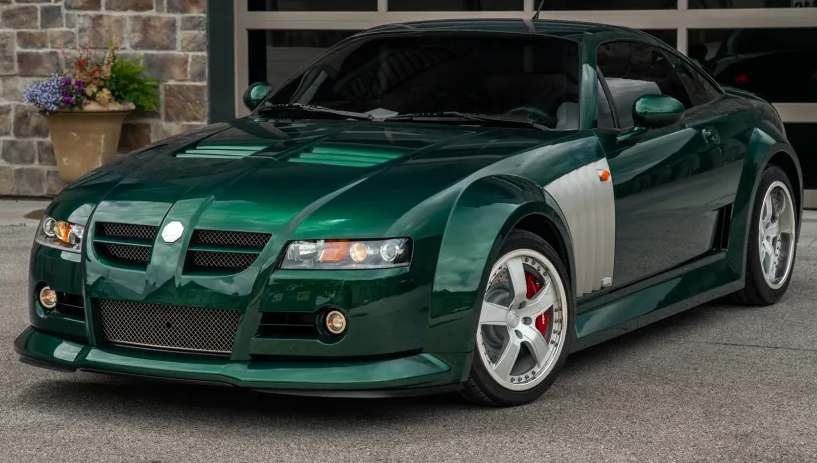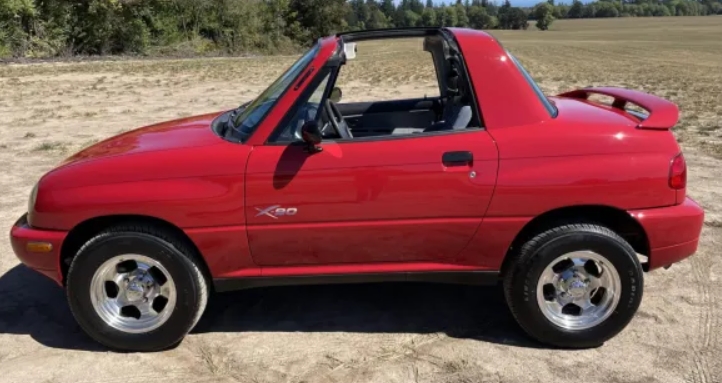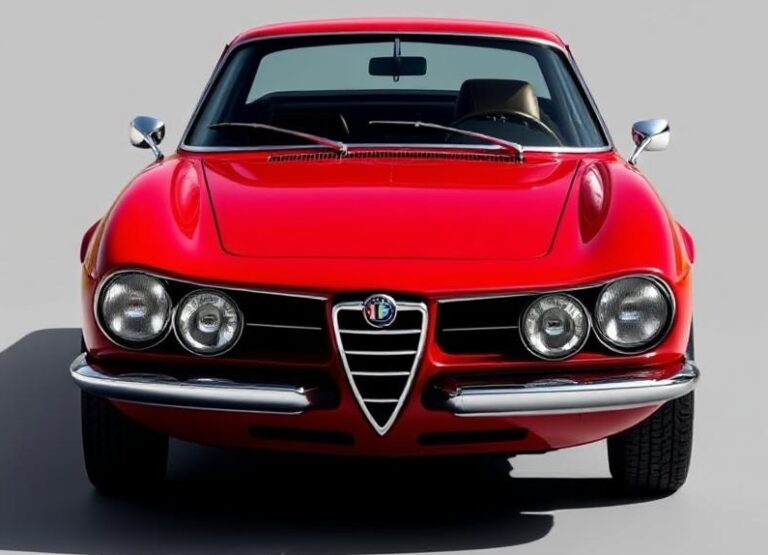The Evolution of the MG XPower
The MG XPower represents a unique chapter in the history of British automotive engineering, embodying a blend of heritage, performance, and innovation. Originating from MG Rover Group’s ambitious efforts to enter the high-performance sports car segment, the XPower lineup showcased the brand’s engineering prowess during the early 2000s. This article traces the development, models, and trim levels of the MG XPower from its inception to its eventual discontinuation, highlighting key milestones and specifications.
Origins and Conceptualization
The MG XPower was conceived in the early 2000s as a successor to MG’s previous sporty models, aiming to re-establish the marque’s reputation for performance. The project was driven by MG Rover’s desire to develop a halo vehicle that could compete in the premium sports car market, leveraging advanced engineering and design.
The first prototype, known as the MG XPower SV, was unveiled in 2002 at the Birmingham International Motor Show. The vehicle was designed as a high-performance sports car with a focus on speed, handling, and exclusivity. Its development was supported by the partnership with the specialist engineering firm, Prodrive, which contributed to the car’s chassis and aerodynamics.
Production Years and Models Overview
The MG XPower lineup was produced over a relatively brief period, from 2005 to 2008, reflecting the economic challenges faced by MG Rover and the limited market for such niche vehicles. The models produced during this period included:
- MG XPower SV (Super Sports)
- MG XPower GTS (Grand Tourer Sport)
While both models shared the XPower badge and a focus on high-performance, they catered to different driving preferences and market segments.
MG XPower SV (2005–2008)
Introduction and Development
The MG XPower SV was the flagship model, representing the pinnacle of MG Rover’s engineering ambitions. It was introduced into production in 2005, following a limited run of prototypes and concept vehicles. The SV was built with the goal of blending supercar performance with British styling cues.
Design and Engineering
The SV featured a sleek, aerodynamic design characterized by sharp lines and a low stance. It incorporated lightweight materials such as carbon fiber and aluminum to optimize performance. Under the hood, the SV was powered by a 4.6-liter V8 engine sourced from Ford’s modular engine family, modified for higher output.
Performance Specifications
- Engine: 4.6L V8 (Ford Modular V8)
- Power: Approximately 320-350 horsepower
- Torque: Around 330 lb-ft
- Transmission: 5-speed manual (initially), with some models featuring a 4-speed automatic
- 0-60 mph: Approximately 4.7 seconds
- Top Speed: Around 170 mph
Trim Levels and Features
The SV was available primarily in a single, high-spec trim level, emphasizing performance and luxury. Standard features included:
- Leather upholstery
- Climate control
- Premium sound system
- Sports suspension
- 18-inch alloy wheels
- Carbon fiber accents
Optional packages included upgraded brakes, customized interior trims, and aerodynamic enhancements.
Production and Limited Run
Production of the MG XPower SV was limited, with estimates suggesting around 100 units were built. The exclusivity of the vehicle made it a collector’s item, though it faced challenges in reaching broader markets due to the company’s financial difficulties.
MG XPower GTS (2007–2008)
Introduction and Rationale
The MG XPower GTS was introduced as a more refined and grand touring-oriented counterpart to the SV. It aimed to appeal to buyers seeking a combination of high performance and comfort for longer journeys.
Design and Engineering
The GTS featured a more rounded, elegant exterior design with additional interior luxury features. It retained the underpinnings of the SV but incorporated updates to improve ride comfort, noise insulation, and usability.
Performance Specifications
- Engine: 4.6L Ford Modular V8 (same as SV)
- Power: Slightly detuned to around 340 horsepower for better reliability
- Torque: 330 lb-ft
- Transmission: 6-speed manual, with optional automatic
- 0-60 mph: Approximately 4.9 seconds
- Top Speed: Around 165 mph
Trim Levels and Features
The GTS was offered in a single, well-equipped trim level with various optional packages:
- Leather and wood interior trim
- Climate control and heated seats
- Navigation system
- Upgraded audio system
- Xenon headlamps
- 19-inch alloy wheels
Optional features included a sports exhaust system, enhanced suspension setups, and bespoke interior finishes to cater to individual customer preferences.
Production and Market Presence
Production numbers for the GTS were even more limited than the SV, with estimates of fewer than 50 units built. The GTS was primarily sold in the UK and select European markets, with some units exported to North America through niche importers.
.
You’ve got that cool car, but is it resting in its own cool place?
It’s visually pleasing for the surrounding areas outside of your home to look as awesome as what’s stored inside your garage! If you desire a truly inspirational environment, you should check into these plans!

.
Discontinuation and Legacy
By 2008, MG Rover’s financial collapse and subsequent acquisition by Nanjing Automobile Group led to the cessation of the MG XPower line. The company’s focus shifted toward more affordable models, and the high-performance XPower vehicles were discontinued.
Despite their limited production, the MG XPower models have garnered a cult following among collectors and enthusiasts. Their unique blend of British design, American V8 power, and limited exclusivity make them highly sought after in the classic and modern car markets.
Technical and Design Legacy
The MG XPower’s engineering, notably its use of the Ford V8 engine and lightweight construction techniques, influenced subsequent British sports cars. Its design language, characterized by aggressive lines and aerodynamic efficiency, reflected the early 2000s trends in performance vehicle aesthetics.
In addition, the collaboration with Prodrive showcased the potential for British engineering firms to contribute significantly to high-performance automotive projects.
Conclusion
The MG XPower remains a testament to MG Rover’s engineering ambitions during the early 2000s. Produced in limited quantities between 2005 and 2008, the SV and GTS models exemplify a period of experimentation and innovation in British sports car manufacturing. While economic and corporate challenges curtailed its production, the XPower’s legacy endures through its exclusivity, engineering ingenuity, and the passion it continues to inspire among car enthusiasts worldwide.







